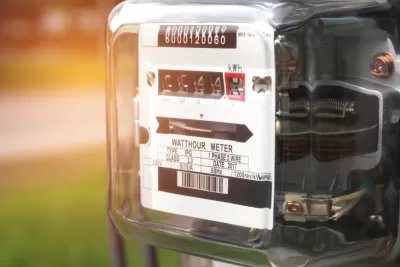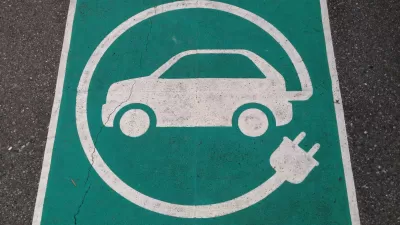With the recent development of IoT, smart meter technology, and advanced weather forecasts by machine learning, we have the ability to analyze usage and load patterns and estimate future needs to help balance the electricity grid.

In most of the industrialized world the backbone of the power grids is over 50 years old.
“The more solar there is in any given mix of ‘fuels’ used to generate electricity, the harder it is to cope with the sudden arrival of a cloud,” writes Dr. Gretchen Bakke in her bestseller book: “The Grid.” She argues that “the grid is the weakest link. It isn’t made for modern power.”
One important recent addition to the grid, however, makes all the difference and provides invaluable data in real time, down to the individual user: the smart meter.
Now, the combination of data obtained in real time and historical usage from smart meters, paired with edge serves, cloud computing, and Machine Learning, can offer new insights and forecast, if not predict, what the demand will be in specific areas of grid, down to a city block.
FULL STORY: HOME Smart Meters and AI take on Electrical Grid Load Forecasting

Maui's Vacation Rental Debate Turns Ugly
Verbal attacks, misinformation campaigns and fistfights plague a high-stakes debate to convert thousands of vacation rentals into long-term housing.

Planetizen Federal Action Tracker
A weekly monitor of how Trump’s orders and actions are impacting planners and planning in America.

San Francisco Suspends Traffic Calming Amidst Record Deaths
Citing “a challenging fiscal landscape,” the city will cease the program on the heels of 42 traffic deaths, including 24 pedestrians.

Bend, Oregon Zoning Reforms Prioritize Small-Scale Housing
The city altered its zoning code to allow multi-family housing and eliminated parking mandates citywide.

Amtrak Cutting Jobs, Funding to High-Speed Rail
The agency plans to cut 10 percent of its workforce and has confirmed it will not fund new high-speed rail projects.

LA Denies Basic Services to Unhoused Residents
The city has repeatedly failed to respond to requests for trash pickup at encampment sites, and eliminated a program that provided mobile showers and toilets.
Urban Design for Planners 1: Software Tools
This six-course series explores essential urban design concepts using open source software and equips planners with the tools they need to participate fully in the urban design process.
Planning for Universal Design
Learn the tools for implementing Universal Design in planning regulations.
planning NEXT
Appalachian Highlands Housing Partners
Mpact (founded as Rail~Volution)
City of Camden Redevelopment Agency
City of Astoria
City of Portland
City of Laramie





























